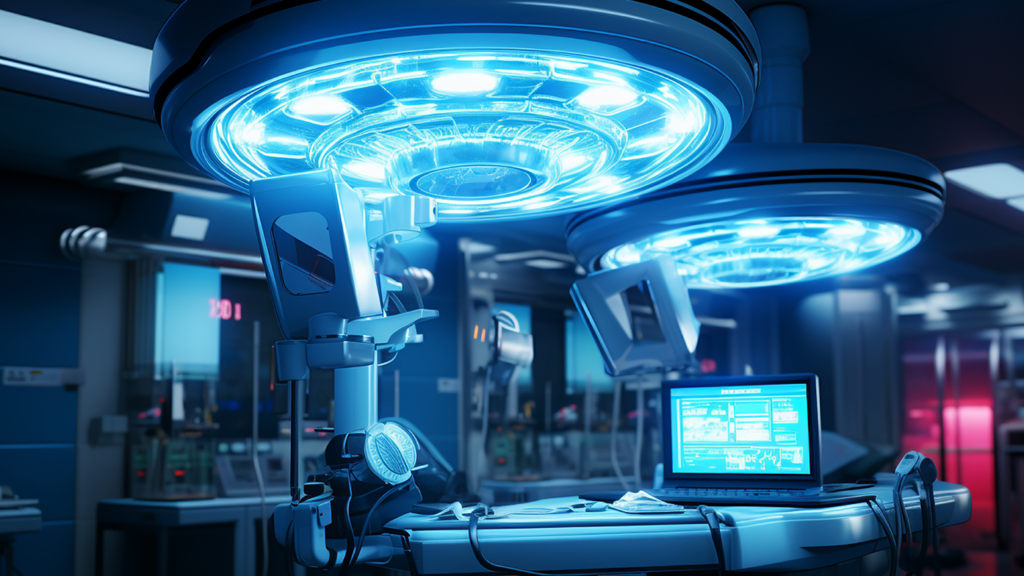From diagnosis to treatment, technology is reshaping how hospitals operate, particularly in surgical settings. One area where these changes are becoming evident is in hospital operating suites. These once-traditional spaces are now becoming hubs of cutting-edge technology, enhancing surgical precision, modernizing medical practices, and transforming the way the space is used.
Robotic Surgery Systems for Precision and Minimally Invasive Surgery
One of the most significant advancements in operating suites is the integration of robotic surgery systems or robot-assisted surgery. Per the Mayo Clinic, these systems often include a camera arm and mechanical arms with surgical instruments attached to them. The surgeon controls the arms while seated at a control center, called a console, near the operating table.
These systems, such as the da Vinci Surgical System, enable surgeons to perform minimally invasive procedures with unparalleled precision and control. It delivers 3D high-definition views and gives the surgeon a crystal-clear view of the surgical area that is magnified 10 times greater than the human eye sees.
With robotic assistance, surgeons can access hard-to-reach areas of the body through smaller incisions, resulting in reduced pain, shorter hospital stays, and faster patient recovery times.
Augmented Virtual Reality Enhancing Surgical Training and Navigation
Another key technology transforming operating suites is augmented reality (AR) and virtual reality (VR). These immersive technologies provide surgeons with advanced training opportunities and real-time guidance during procedures.
A 2023 study from the NIH concluded that augmented reality in surgical education “is feasible and effective as an adjunct to traditional training.” Specifically, the Microsoft HoloLens has shown promising results and produced improved performance measures in surgical trainees.
By overlaying digital images onto the surgical field, AR enables surgeons to visualize internal structures more accurately, aiding in navigation and decision-making. VR, on the other hand, allows surgeons to practice complex procedures in a virtual environment, improving their skills and confidence before performing surgeries on actual patients.
Design Considerations
Many health systems and medical practices are grappling with aging medical facilities, and looking to reinvest or seek an updated space that meets the needs of today’s technology and patient care.
A New York Times article discusses that many surgical suites need the layout to be reoriented or expanded to accommodate not only all of the staff in the room but also the machinery, whether that’s imaging or robotics. Older operating rooms may have ceiling heights as low as 10 feet, while 12-16 feet is now considered optimum, to house electronics, cables and ductwork, per the article.
Another survey from the Mayo Clinic found that noisy environments, disorganized patient flow, poor lighting, and poor room organization were among the top concerns in today’s operating rooms as reported by surgeons, anesthesia providers, and allied health staff. The survey also found that “design improvements to ensure smooth patient transport, including wider doorways and corridors,” were crucial, and that operating rooms could be improved by placing equipment and supplies closer to key areas like patient prep and recovery, and by enhancing natural light as well as device screen visibility.
For those occupying healthcare spaces, staying abreast of these advancements can enhance their competitive edge by offering state-of-the-art facilities that attract top medical talent and ensure superior patient care. Additionally, for clients seeking updated surgical facilities or considering new investments in healthcare properties, understanding the latest trends in operating room technology is paramount.

 Shawn Janus
Shawn Janus

 Marc Shandler
Marc Shandler Josh Cramer
Josh Cramer
